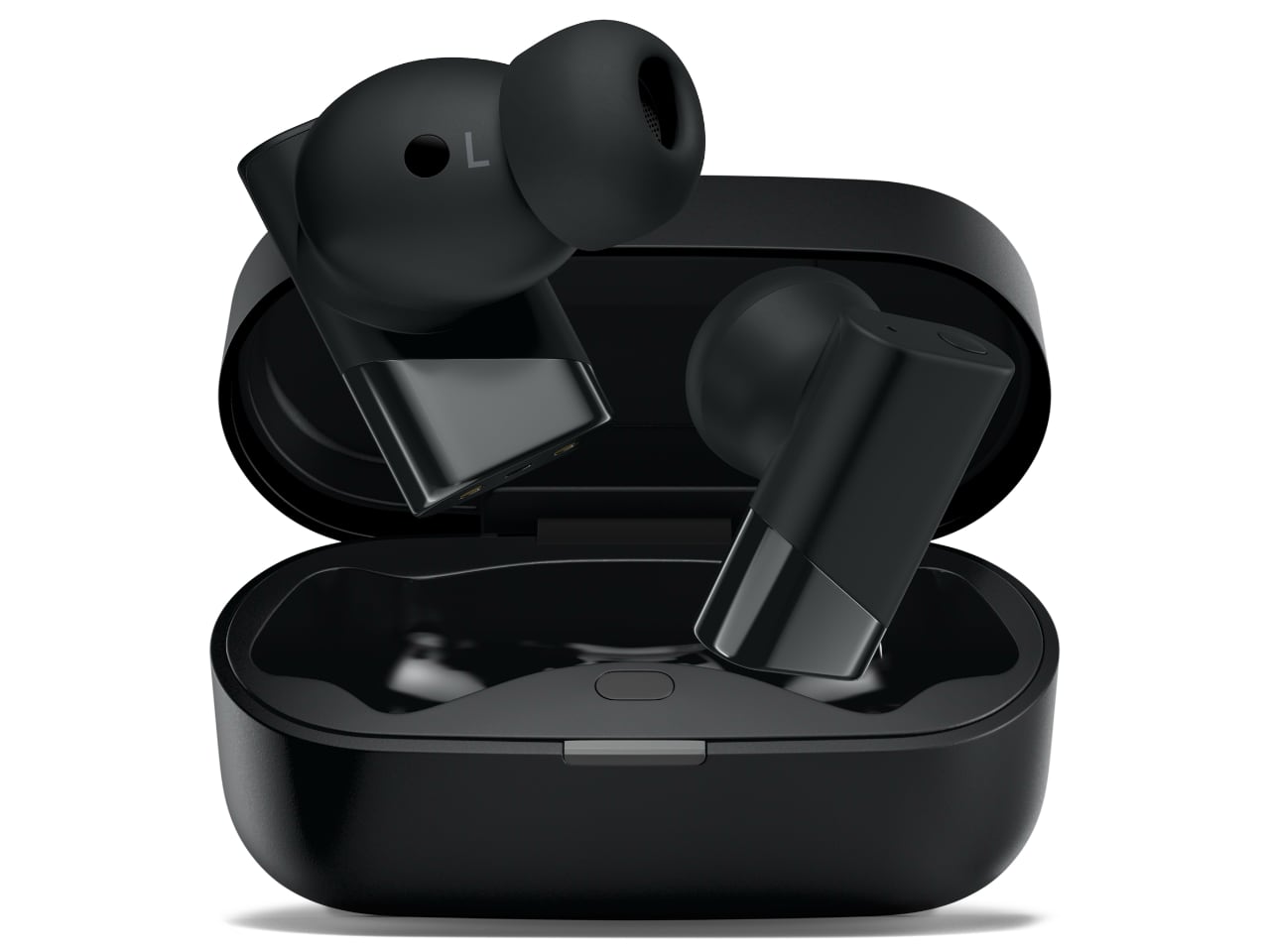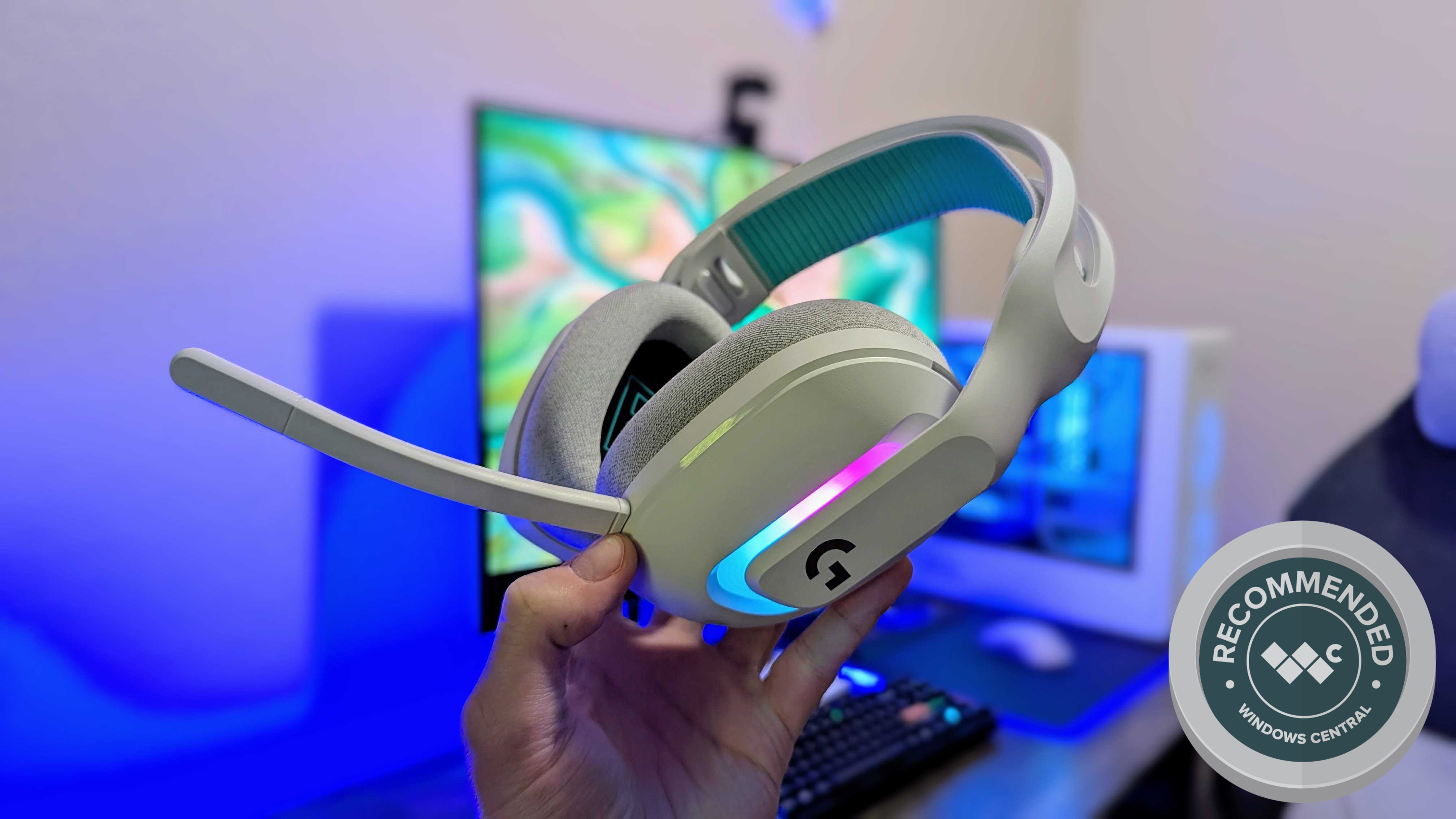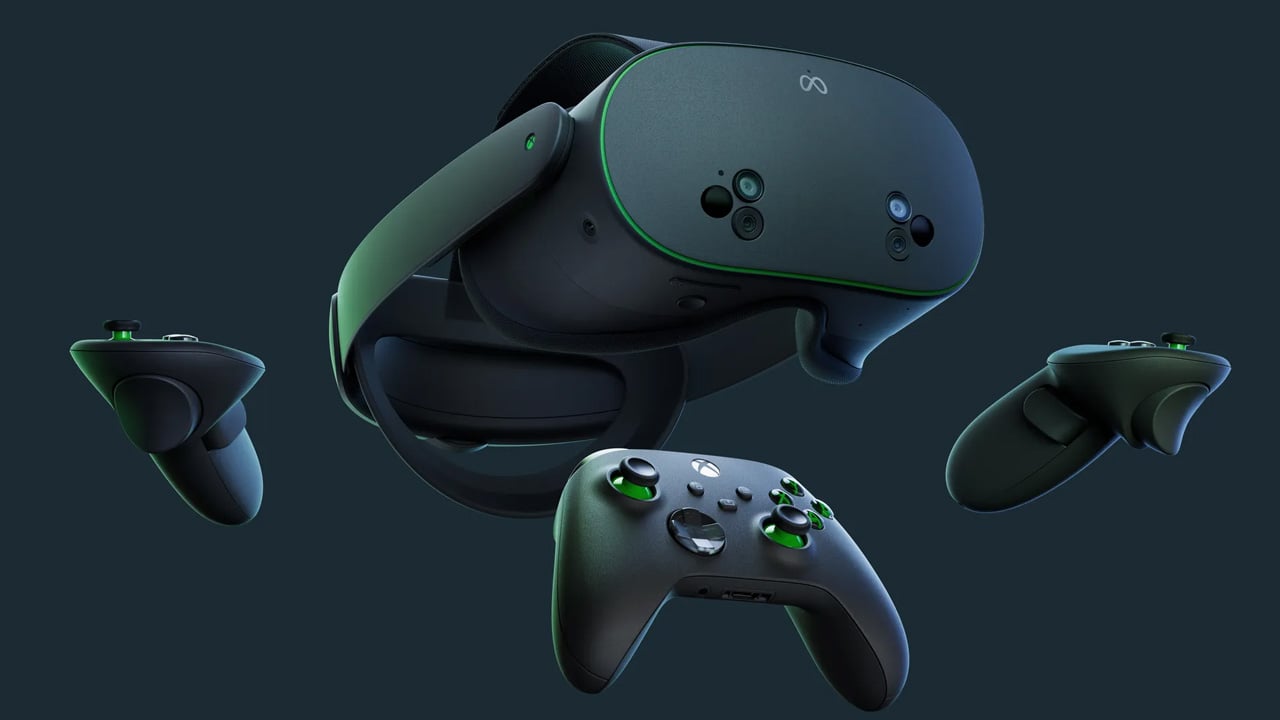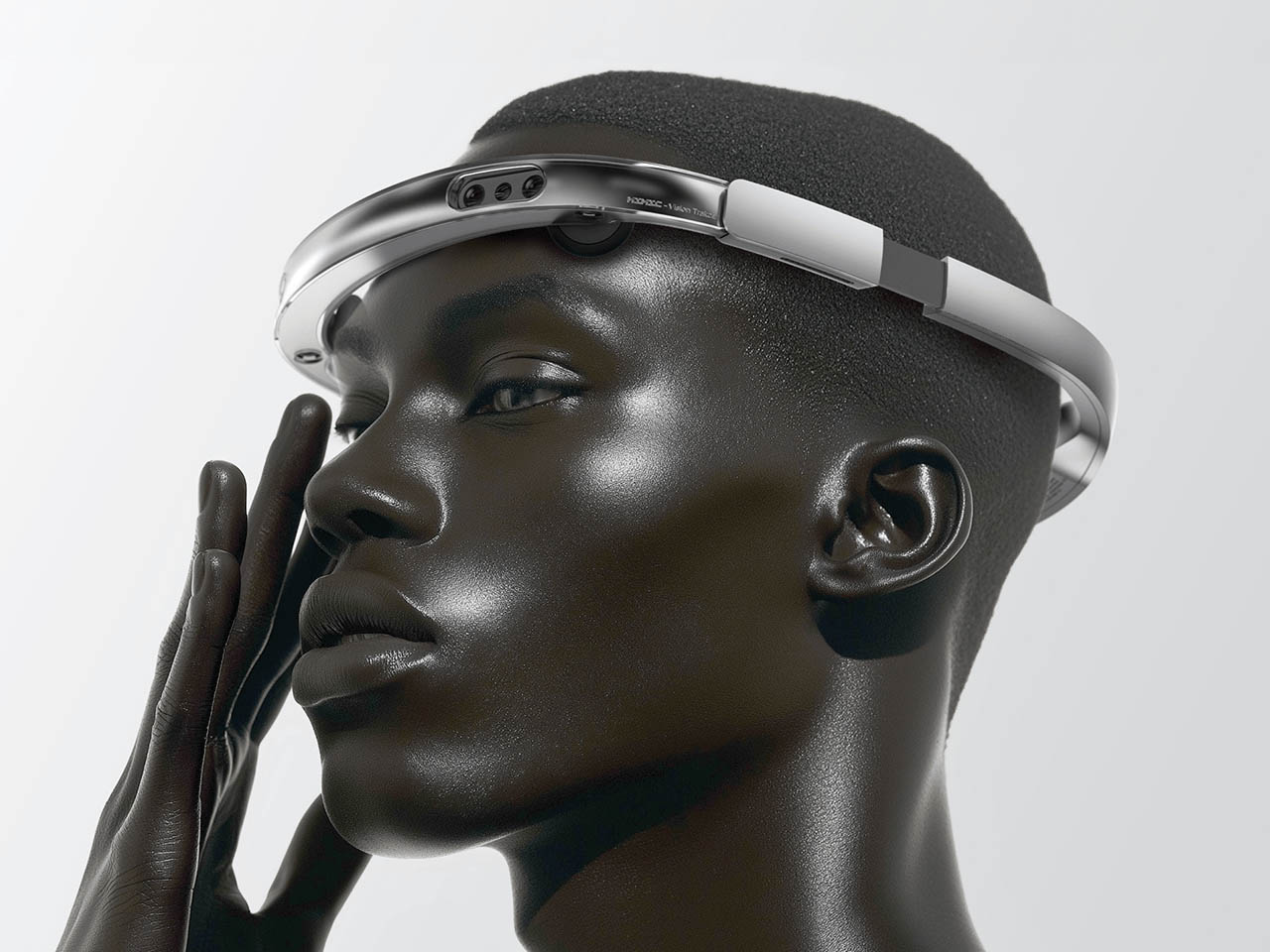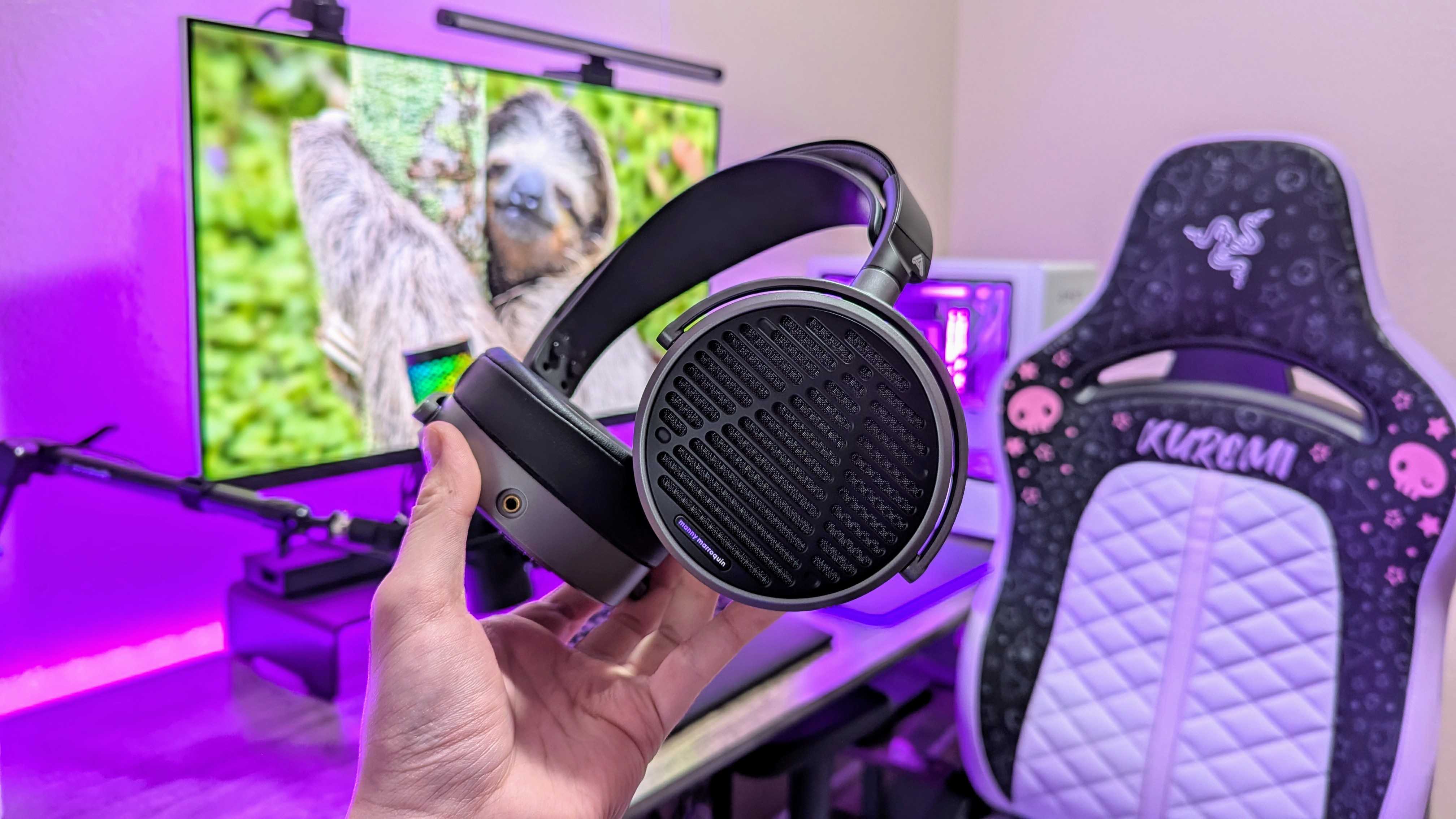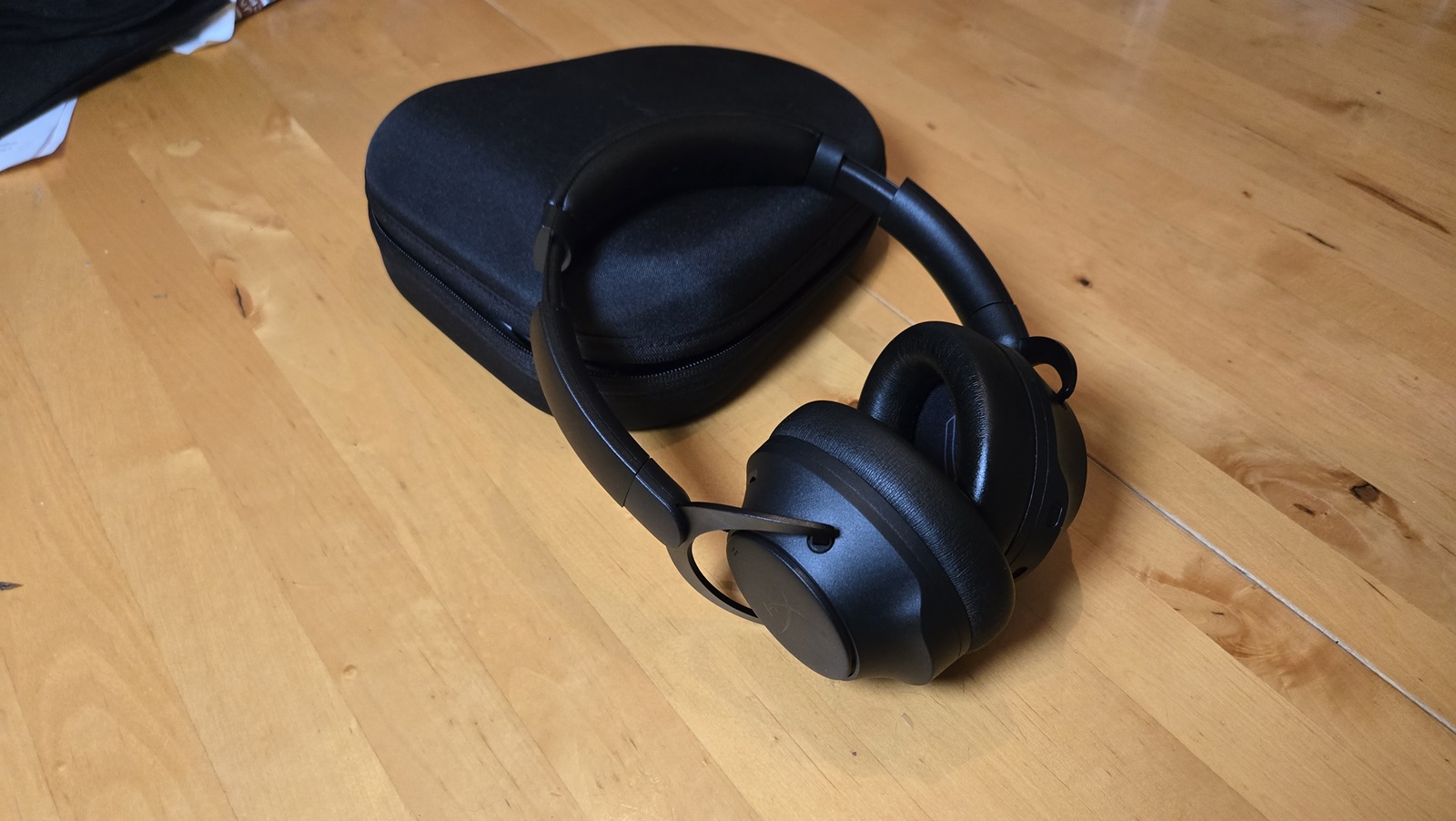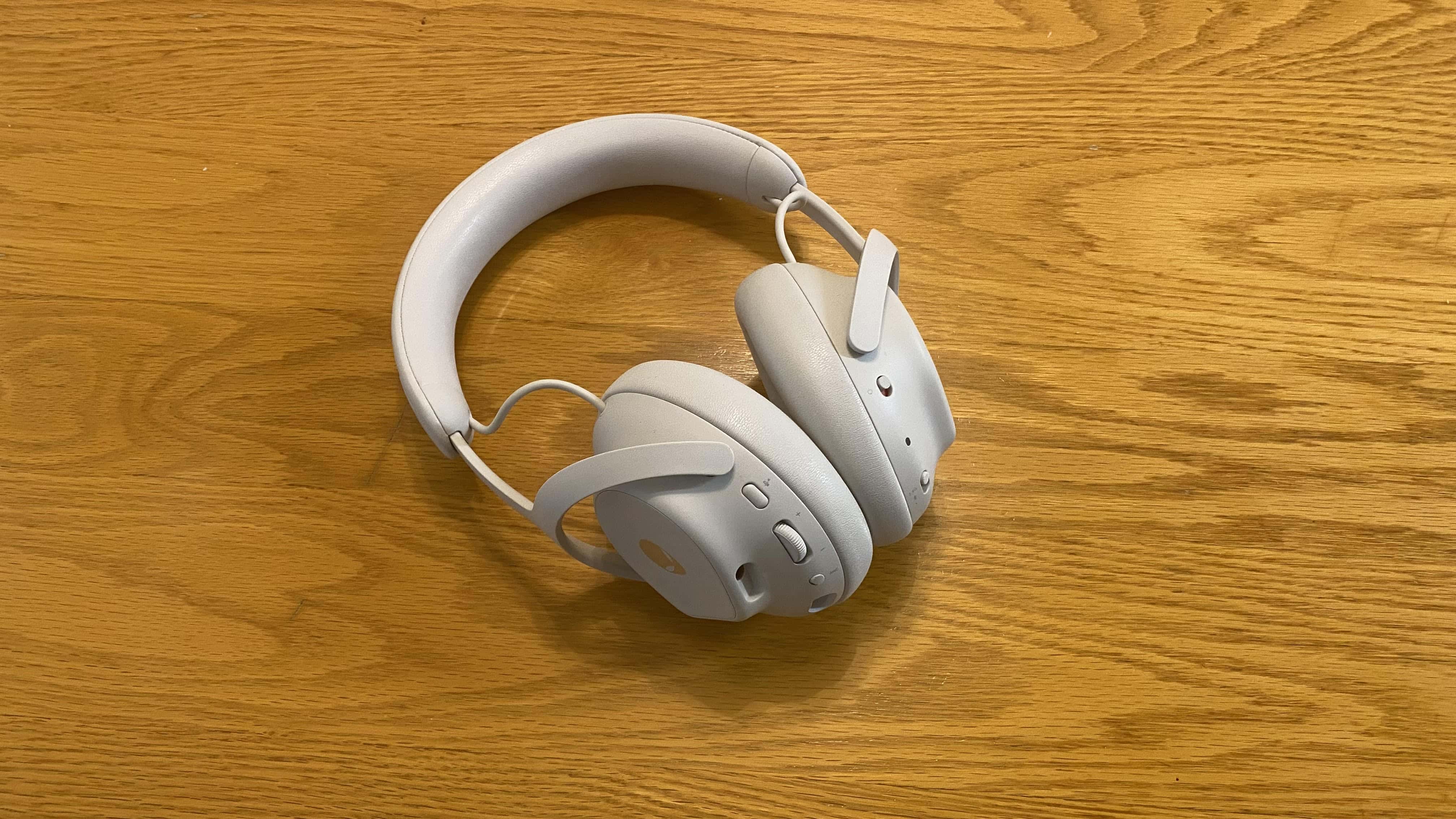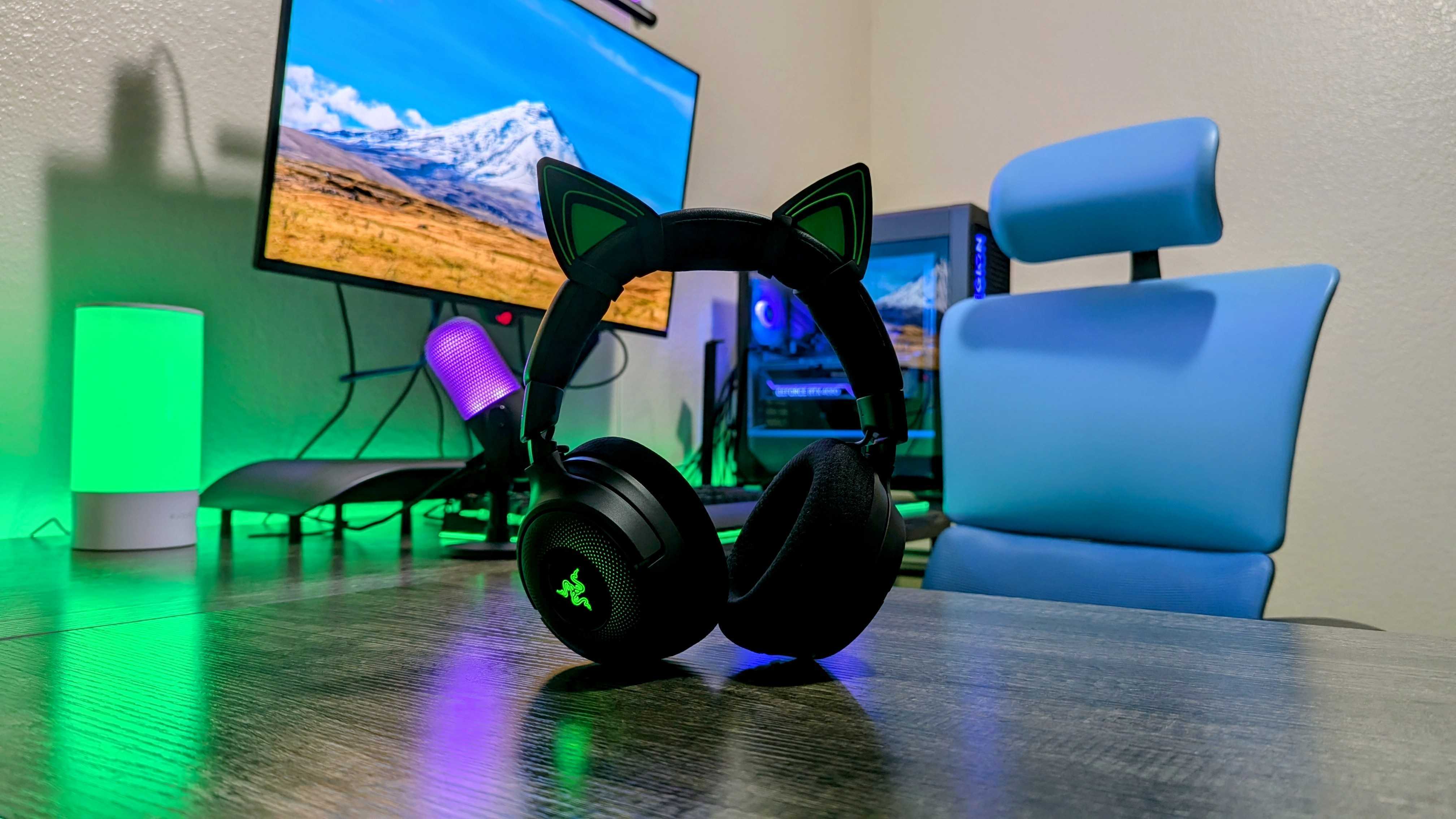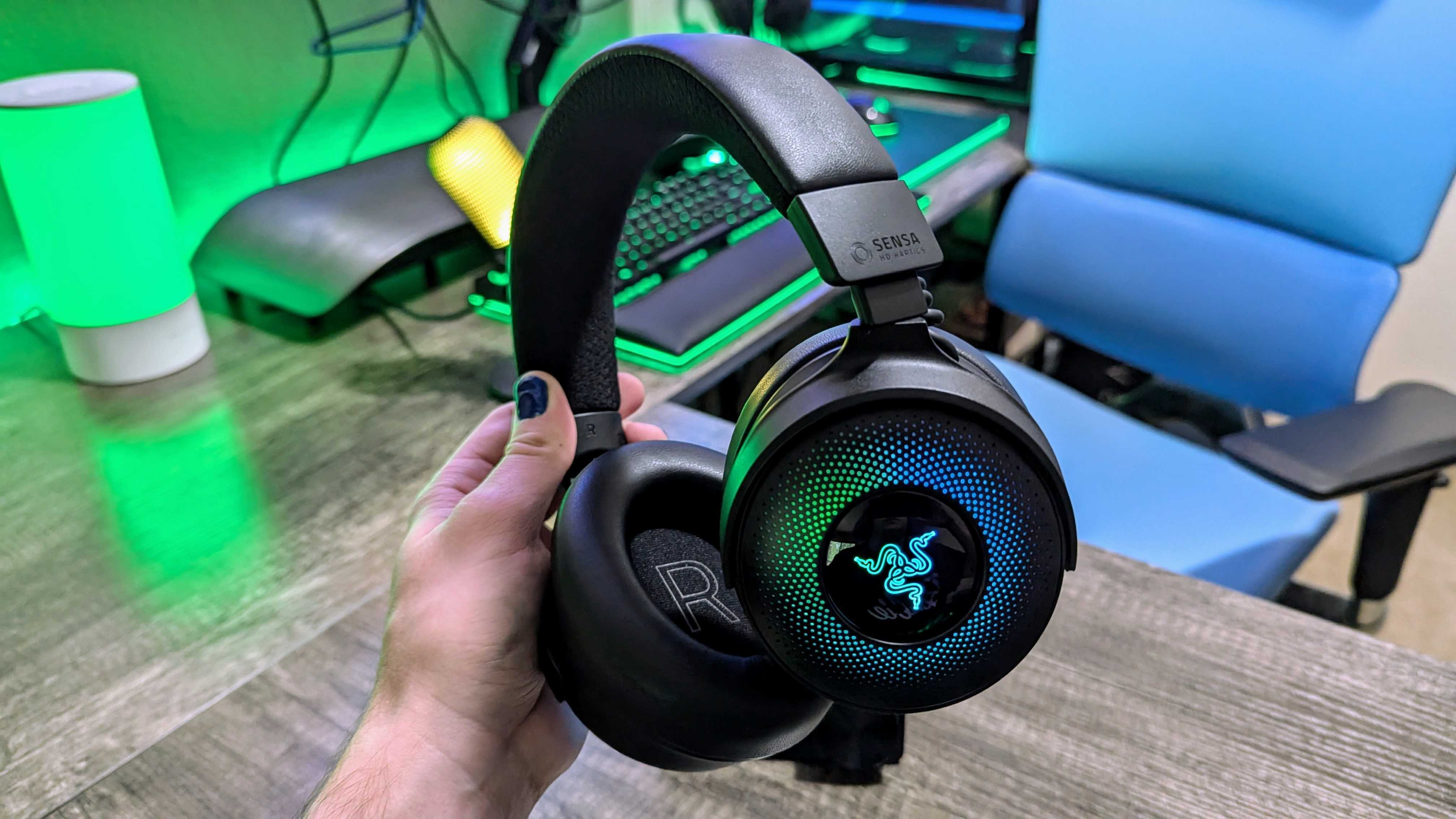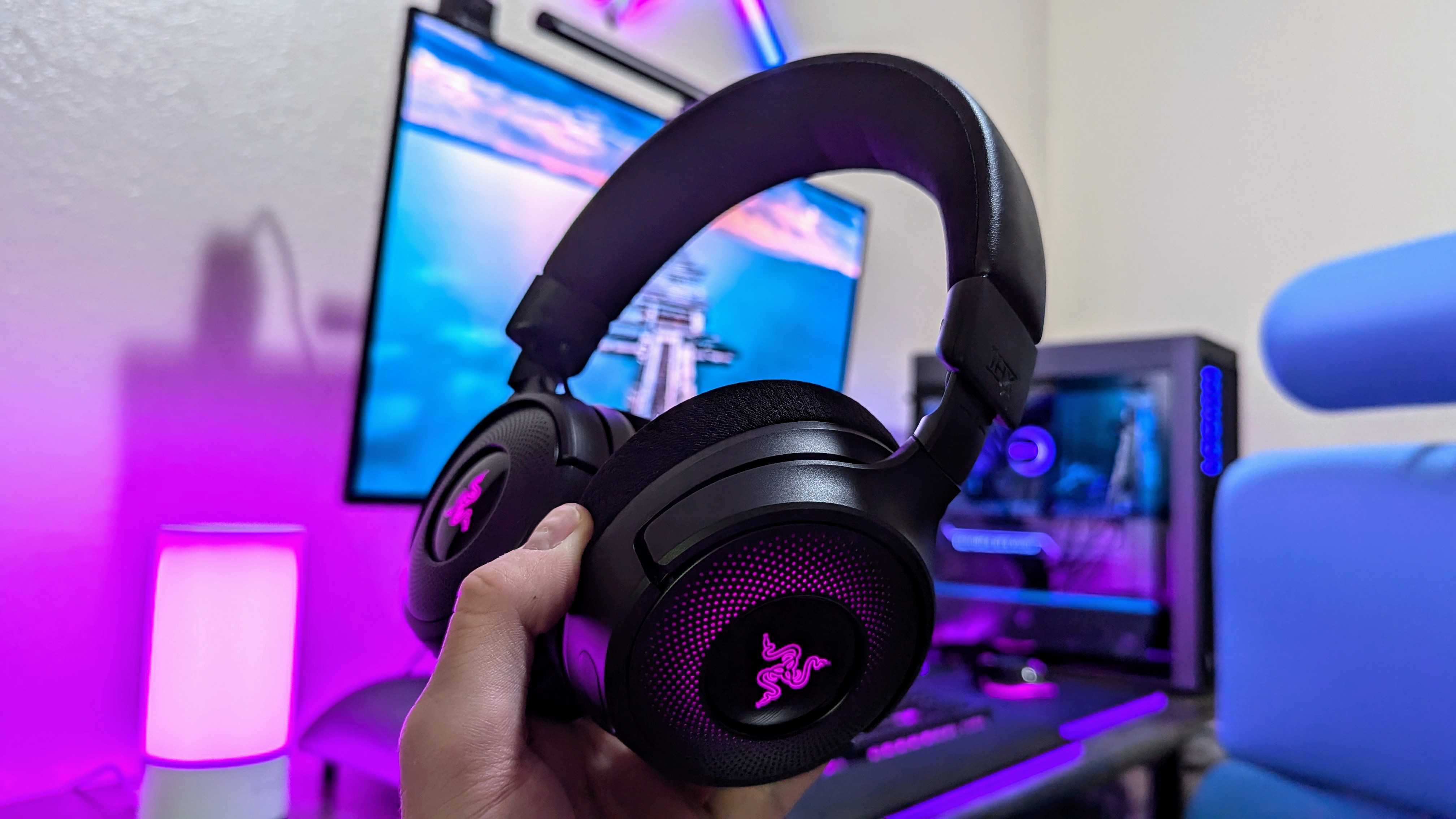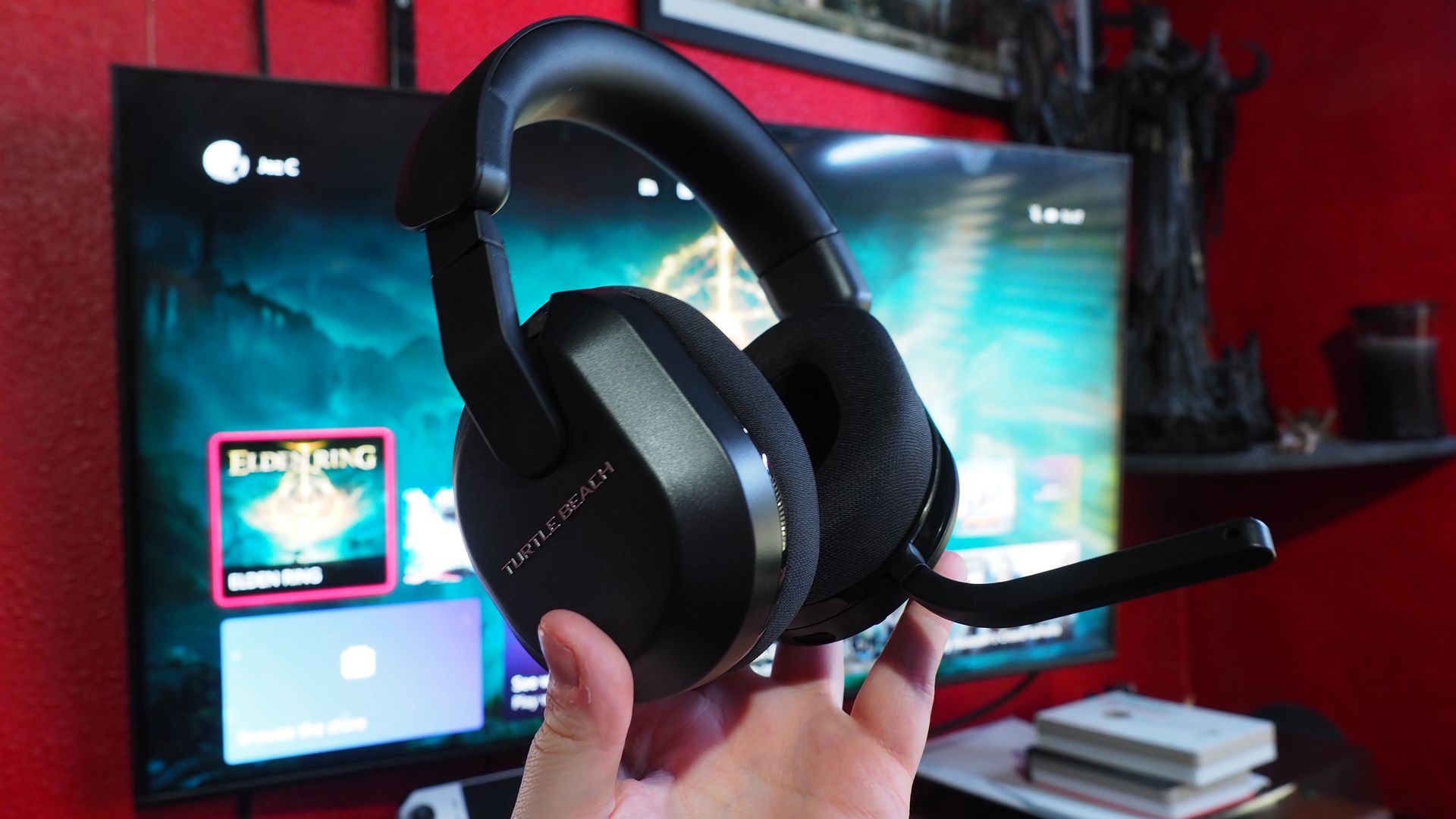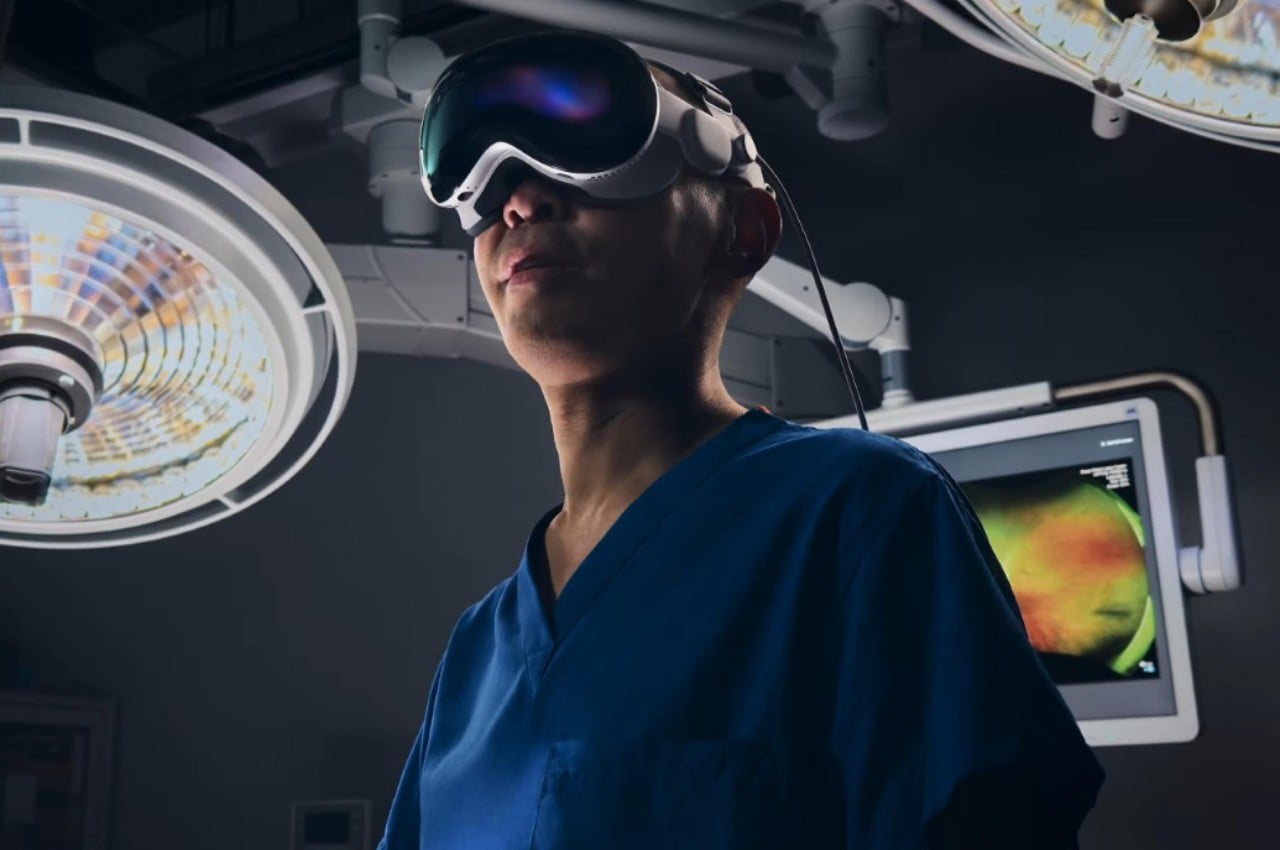
Knowles Corporation has announced that Status Audio has selected Knowles balanced armature drivers for its new Status Pro X true wireless earbuds. The earbuds feature a triple-driver hybrid configuration with two Knowles BA drivers and one dynamic driver in each earbud. This collaboration delivers crystal clear sound quality that rivals many other hybrid true wireless stereo designs currently available in the market. The Status Pro X showcases how advanced driver technology can be integrated into compact form factors without compromising audio performance. Consumer expectations for high-definition audio continue to evolve, and this partnership addresses those demands through technical innovation. The collaboration represents a significant step forward in making professional-grade audio technology accessible to mainstream consumers.
Designers: Status Audio + Knowles Corporation
Design and Engineering Architecture
The Status Pro X features a sleek black design with angular geometric elements that house the complex driver configuration. The earbuds display a modern aesthetic with glossy black surfaces and subtle chrome accents that complement the technical sophistication within. Each earbud contains the triple-driver system arranged in a carefully engineered acoustic chamber that maximizes sound quality while minimizing size. The charging case maintains the same black finish with a subtle LED indicator strip that provides battery status information.

The exterior design reveals distinctive left (L) and right (R) channel markings that are subtly integrated into the black housing. The earbuds feature a two-tone design with matte black sections contrasting against glossy chrome or metallic gray accents that create a diagonal split across each earbud’s body. The ergonomic ear tip design shows how the silicone tips are engineered to provide secure fit while maintaining comfort during extended wear. The tips appear to have a tapered design that accommodates different ear canal sizes while ensuring proper acoustic seal for optimal sound delivery.

The internal architecture reveals the complexity of the hybrid driver system through detailed exploded views showing each component’s placement. The 12mm dynamic driver handles lower frequencies while the two Knowles balanced armature drivers manage mid and high frequencies with precision. The Status 5.3 processor chip sits at the base of each earbud, managing the complex audio processing required for the multi-driver configuration. Gold-plated charging contacts ensure reliable power delivery while maintaining the aesthetic throughout the design.
The driver configuration utilizes Knowles’ miniaturized BA technology to achieve frequency response characteristics that would require larger components in traditional designs. Each balanced armature driver features precision-engineered magnetic assemblies with copper-colored accent rings that distinguish them from conventional dynamic drivers. The assembly process requires careful alignment of multiple acoustic chambers to ensure optimal sound delivery across the entire frequency spectrum. This engineering approach allows Status Audio to achieve audiophile-quality sound reproduction in a form factor suitable for active lifestyles.
Advanced Acoustic Engineering and Driver Isolation
The exploded views reveal a critical engineering achievement: independent acoustic chambers for each driver type. The balanced armature drivers are housed in separate sealed chambers from the dynamic driver, preventing acoustic interference between different frequency ranges. This isolation is crucial because BA drivers operate on electromagnetic principles while dynamic drivers use magnetic coil movement. Without proper isolation, the magnetic fields from the dynamic driver could interfere with the precise electromagnetic operation of the BA drivers, causing distortion and frequency response irregularities.

The engineering decisions visible in the Status Pro X’s internal architecture suggest several theoretical advantages for sound quality, though actual performance will require hands-on testing to verify. The independent acoustic chambers for each driver type should theoretically eliminate the frequency response irregularities that plague many hybrid designs. When drivers operate in shared acoustic spaces, their different operating principles can create interference patterns that manifest as peaks and dips in the frequency response.
The copper-colored accent rings visible around the BA drivers serve a dual purpose beyond aesthetics. These rings function as electromagnetic shielding, containing the magnetic fields within each driver’s operating space. This shielding prevents crosstalk between drivers and maintains the precise frequency separation that hybrid configurations require. The metallic finish also provides structural reinforcement for the delicate BA driver assemblies.

The internal layout demonstrates a sophisticated crossover network integrated directly into the circuit board assembly. Traditional earbuds often rely on simple capacitive or resistive crossovers, but the Status Pro X appears to implement active crossover technology through the Status 5.3 processor chip. This approach allows for precise frequency division points and phase alignment between the dynamic driver (handling bass frequencies) and the dual BA drivers (managing midrange and treble frequencies).
The active crossover implementation through the Status 5.3 processor offers theoretical advantages over passive crossover networks. Active crossovers can provide steeper roll-off slopes and more precise frequency division points, which should translate to cleaner separation between bass, midrange, and treble frequencies. This precision becomes particularly important in the critical midrange frequencies where vocals and many instruments reside.
The stacked driver arrangement positions the dynamic driver at the bottom of the assembly, closest to the ear canal opening. This placement takes advantage of the dynamic driver’s natural bass response while allowing the BA drivers to be positioned for optimal mid and high-frequency projection. The acoustic design ensures that sound waves from all three drivers reach the ear canal with proper timing alignment, preventing phase cancellation that could muddy the sound.
The vertical stacking arrangement with the dynamic driver positioned closest to the ear canal should theoretically provide more natural bass response. Dynamic drivers excel at moving the air volume necessary for impactful bass reproduction, and their placement at the acoustic output point maximizes this advantage. The BA drivers positioned further back in the assembly can focus on their strengths in midrange clarity and treble extension without competing for the same acoustic space.
Thermal Management and Power Efficiency Optimization
The internal images show strategic component placement that addresses thermal management concerns. The Status processor chip is positioned away from the dynamic driver’s magnet assembly, which generates the most heat during operation. This separation prevents thermal interference with the digital signal processing and maintains consistent audio performance during extended listening sessions. The gold-plated charging contacts indicate attention to electrical efficiency throughout the design. Gold plating provides superior conductivity and corrosion resistance compared to standard contacts, ensuring reliable power delivery to the complex multi-driver system.

This attention to electrical efficiency is crucial for maintaining the precise power requirements of the BA drivers, which are more sensitive to voltage fluctuations than traditional dynamic drivers. The 21 percent size reduction compared to the previous model represents a significant engineering achievement when housing three separate drivers. The images reveal vertical stacking optimization where components are arranged to minimize lateral footprint while maintaining acoustic performance. This vertical integration required custom-designed BA drivers from Knowles that could operate effectively in the confined space while maintaining their electromagnetic isolation requirements.

The circuit board integration shows how the digital processing components are embedded directly into the acoustic assembly rather than occupying separate space. This integration reduces internal volume requirements while maintaining the electrical isolation necessary for clean audio signal processing. The blue circuit traces visible on the Status chip indicate high-frequency signal paths that require careful routing to prevent electromagnetic interference with the sensitive BA driver operations.
Audio Technology and Performance Capabilities
Status Pro X users can select from multiple equalizer settings, including the Status Signature setting and the Knowles Curve setting. The Knowles Curve setting is based on the Knowles Preferred Listening Response Curve, which represents a breakthrough in audio engineering based on research showing that listeners across age ranges and hearing abilities prefer expanded treble response beyond 10 kHz for a more satisfying music experience. By leveraging Knowles BA technology, Status Audio achieves the higher frequencies necessary to produce optimal audio performance and unlock intricate musical details while preserving the natural tonal balance that audiophiles demand.
The Knowles Preferred Listening Response Curve implementation suggests that the Status Pro X may deliver a more engaging sound signature than traditional flat response tunings. Research indicates that listeners consistently prefer moderate treble emphasis above 10 kHz, which can enhance the perception of detail and airiness in music.

The hybrid configuration allows for precise frequency separation that eliminates the compromises associated with single-driver designs. Jon Kiachian, President of MedTech and Specialty Audio at Knowles Corporation, stated that their BA drivers represent the pinnacle of miniaturized audio engineering. The collaboration with Status Audio demonstrates how their BA drivers can help brands deliver audio experiences in compact form factors. The Status Pro X showcases what becomes possible when driver technology meets thoughtful product design, creating an audio experience that reveals all the nuances and details of music that conventional earbuds cannot reproduce.
The dual BA configuration suggests that Status Audio has dedicated one driver to midrange frequencies and another to treble, allowing for more specialized tuning of each frequency band. The dual BA configuration provides the headroom necessary to achieve this extended treble response without distortion, something that single dynamic drivers often struggle to accomplish.
The balanced armature drivers provide the precision needed for critical listening while maintaining the efficiency required for extended battery life. The sophisticated acoustic system creates a frequency response that captures both subtle sonic textures and dynamic range that single-driver designs cannot achieve. This technical approach showcases the advantages of hybrid driver configurations in true wireless products. The engineering allows for precise control over different frequency ranges while maintaining the compact size requirements of modern earbuds.
Size Reduction and Market Positioning
Knowles BA drivers enable unprecedented sound performance for their size, allowing Status Audio to create an earbud that is 21 percent smaller than its previous model without compromising sound quality, frequency range, or battery life. The high sensitivity of Knowles BAs also facilitates improved hearing personalization while maximizing power efficiency. This combination of size reduction and performance enhancement addresses key consumer demands in the competitive earbud market. The miniaturization achievement demonstrates how advanced driver technology can overcome traditional limitations in portable audio devices.

James Bertuzzi, Status Audio CEO, explained that when designing the Pro X, they needed a technology partner that could help them deliver on their promise of uncompromising audio quality in a more compact form. Knowles BA drivers were the clear choice, allowing them to achieve frequency response and detail that would be impossible with conventional dynamic drivers alone. The combination results in a listening experience that differentiates the Pro X in today’s crowded earbud market.
The Status Pro X earbuds are available for pre-order now, with shipping beginning in early September. The partnership enables Status Audio to compete with established brands while maintaining their commitment to accessible high-quality audio. The Status Pro X represents a significant milestone in the collaboration between component manufacturers and consumer audio brands, demonstrating how specialized technology can enhance the end-user experience in competitive markets.
The post Status Audio’s New Pro X Premium Earbuds Feature Knowles Balanced Armature Drivers first appeared on Yanko Design.
![]()
![]()
![]()
![]()
![]()
![]()
![]()
![]()

